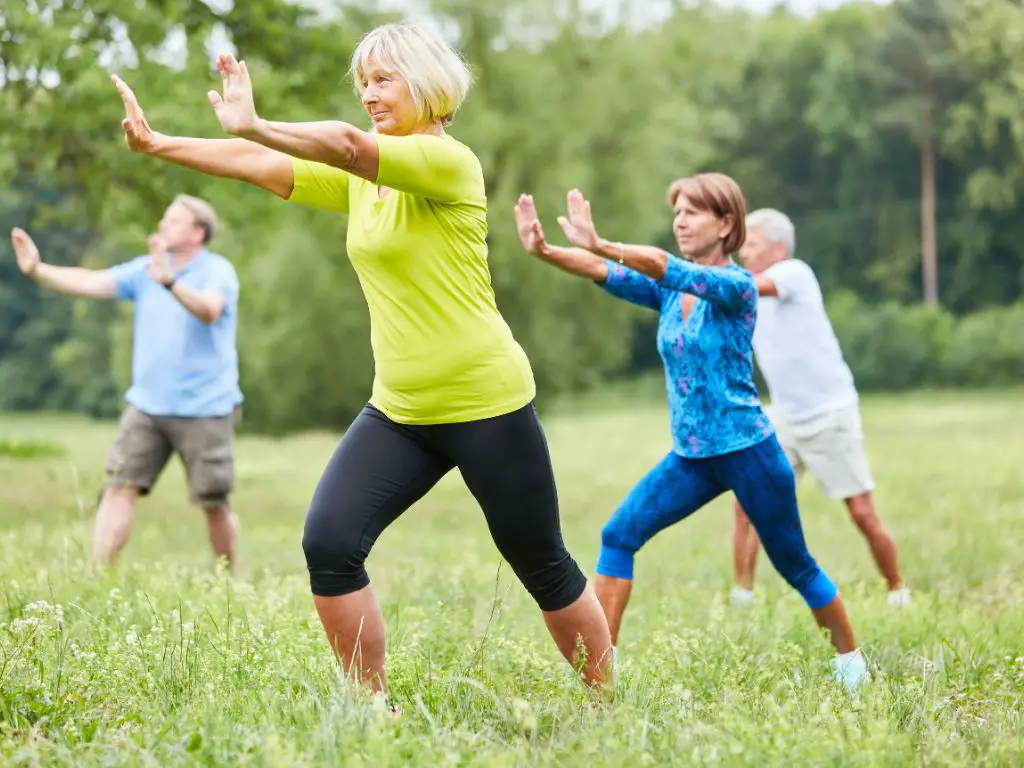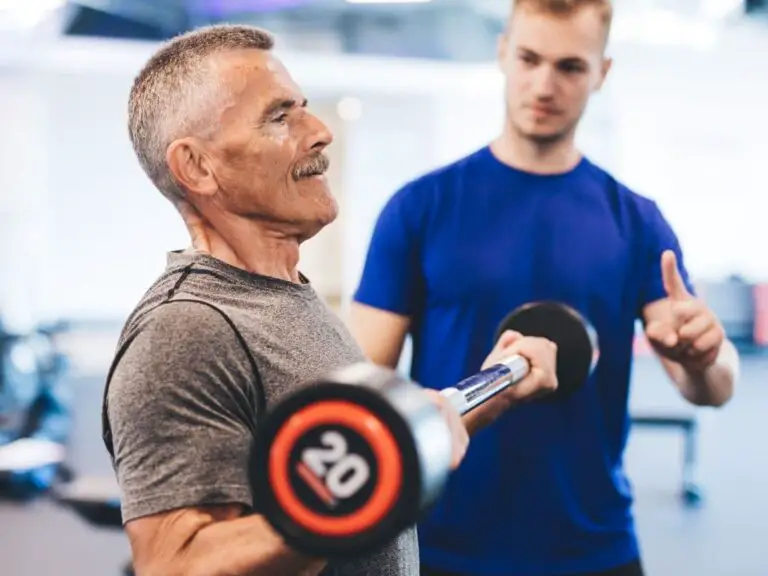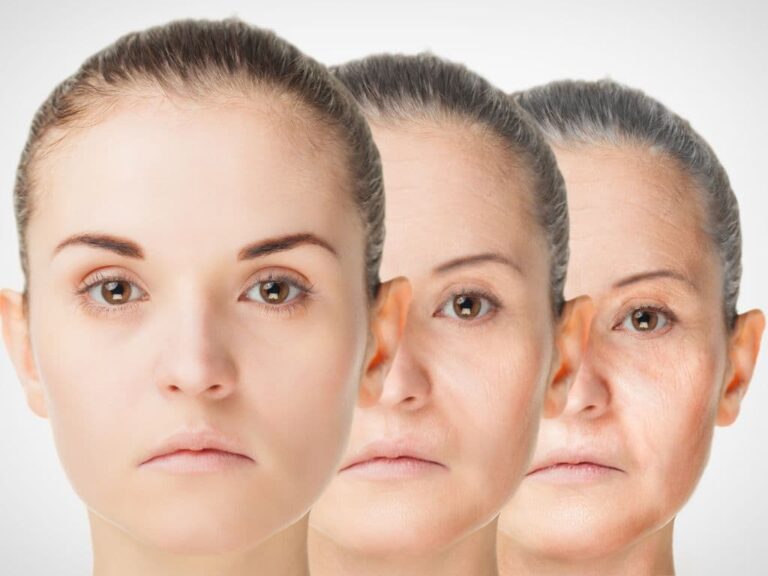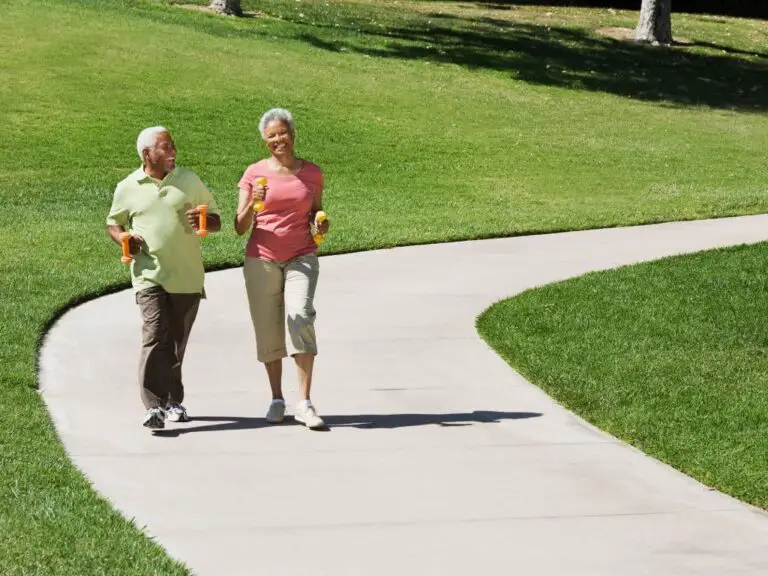Wellness Programs for Seniors: Benefits, Types, and How to Choose
Wellness programs are structured activities, classes, and services aimed at promoting health and enhancing quality of life. Wellness programs cater to the physical, mental, social, and preventive health needs of participants. For seniors, wellness programs provide an avenue to take charge of their health, remain engaged with their community, and improve their sense of purpose.
The goal of a wellness program is to promote overall health and enhance the quality of life by addressing physical, mental, social, and preventive health needs. These programs aim to improve cardiovascular health, strength, balance, flexibility, mood, memory, concentration, social engagement and prevent chronic diseases. They empower seniors to maintain independence and satisfaction with life for longer.

Why Are Wellness Programs Important for Seniors?
Maintaining wellness becomes increasingly vital as we grow older. However, seniors face many barriers to staying active and healthy, from declining mobility and cognition to isolation and fixed incomes. Dedicated wellness programs can help seniors overcome these challenges.
Participating in wellness activities has been linked to significant health benefits for older adults. These include:
Physical Health Improvement
Programs incorporating exercise, sports, mobility training, and physical therapy can improve seniors’ cardiovascular health, strength, balance, flexibility, and pain management. This leads to increased mobility and physical functioning.
Mental Health Enhancement
Mental wellness activities like art therapy, music therapy, reminiscence therapy, meditation, and cognitive games stimulate seniors’ minds. This improves mood, memory, concentration, and overall mental health.
Social Engagement Boost
Programs that facilitate social interaction, community involvement, and relationship building counter isolation. Enjoyable group activities and volunteering give seniors’ lives meaning and purpose.
Prevention of Chronic Diseases
Education on healthy lifestyles, screenings, immunizations, and proactive self-care enables the prevention or early detection of chronic conditions like diabetes, heart disease, and osteoporosis.
Improved Quality of Life
Overall, tailored wellness programming allows seniors to feel empowered, independent, productive, and satisfied with life for longer. This leads to improved quality of life and wellbeing.
Types of Wellness Programs for Seniors
There are diverse options when it comes to wellness activities tailored for seniors:
Exercise and Fitness Programs
- Low-impact aerobics – Improve cardiovascular health
- Strength training – Build muscle and improve bone density
- Tai chi – Increase balance and flexibility
- Aquatic exercises – Reduce joint strain with water workouts
- Walking groups – Outdoor walks provide social engagement
Nutrition and Diet Programs
- Cooking classes – Learn to prepare healthy, tasty meals
- Grocery shopping assistance – Ensure proper nutrition at home
- Dietary counseling – Meet nutritional needs and restrictions
Mental Health and Mindfulness Programs
- Reminiscence therapy – Discuss memories to improve cognition
- Meditation and yoga – Promote relaxation and stress reduction
- Cognitive games and puzzles – Exercise the mind
- Support groups – Share concerns and reduce isolation
Social Engagement and Community Involvement Programs
- Intergenerational programs – Connect with younger volunteers
- Storytelling and oral history projects – Preserve personal histories
- Classes and continuing education – Pursue lifelong learning
- Volunteering – Contribute skills and remain active
Preventive Health Screening and Education Programs
- Memory screening – Assess cognitive function
- Blood pressure monitoring – Track an important health indicator
- Immunizations – Prevent infectious diseases
- Medication management – Ensure safety and adherence
How to Choose a Suitable Wellness Program for Seniors?
With many wellness programs available, it is important to select options that meet a senior’s unique needs and interests. Here are key factors to consider when choosing a program:
- Health needs – Select programming that addresses specific physical, mental, or medical needs
- Mobility level – Opt for activities appropriate for the senior’s fitness and capability
- Interests and hobbies – Pick programs the senior will find enjoyable and engaging
- Personality and learning style – Introverts may prefer small groups or solo activities
- Logistics – Consider location, schedule, accessibility, and cost
- Inclusiveness – Seek LGBTQ+, ethnically, culturally, and ability inclusive programs
- Quality – Choose reputable, experienced program providers with trained staff
- Holistic scope – Look for programs that take a comprehensive approach to wellbeing
It is ideal to involve the senior in selecting activities that spark their interest and enthusiasm. Consulting their physician on any activity limitations allows for customized programming. Caregivers can assist with assessments, research, enrollment, transportation, and ongoing participation.
What Are Some Examples of Successful Senior Wellness Programs?
Many organizations have implemented innovative wellness initiatives that improve seniors’ health and quality of life. Some stellar examples include:
- The OASIS Institute’s Intergenerational Tutoring program, allowing seniors to teach literacy skills to children for mutual benefit.
- Local senior centers offering diverse activities like chair yoga, arts and crafts, book clubs, field trips, and guest lectures to keep older adults engaged.
- Municipal park districts implementing outdoor Senior Strolls programs for gentle walks and socializing.
- Retirement communities incorporating lifelong learning classes, fitness centers with senior-tailored equipment, and purpose-built walking paths.
- Health systems providing seniors with health risk assessments, chronic disease self-management classes, and preventive care guidance.
- Non-profit organizations like the YMCA facilitating water aerobics, fall prevention classes, and nutrition counseling for seniors.
These initiatives highlight the possibilities of innovative programming to enhance seniors’ physical and mental health, social connectivity, community ties, and overall wellbeing.
How Can Caregivers Support Seniors in Participating in Wellness Programs?
For seniors to sustain engagement with wellness activities, support and encouragement from family and professional caregivers is invaluable. Here are some key ways caregivers can help:
- Research suitable programs and assist with enrollment and scheduling. Provide reminders of activity sessions.
- Arrange reliable transportation to and from programs. Escort the senior to social activities if needed.
- Discuss potential benefits of trying new programs and motivate participation. Provide ongoing positive reinforcement.
- Monitor progress and watch for improvements in the senior’s health, mood, and sociability.
- Accommodate any physical or cognitive limitations during activities. Lend a hand while allowing independence.
- Talk to program staff about the senior’s needs. Help customize activities if required.
- Share feedback with the senior afterward about their enjoyment and progress. Identify any program adjustments needed.
- Make participating fun by attending some sessions together. Plan supplementary activities at home.
With proper encouragement, seniors can discover wellness regimens that work for their individual circumstances. Small steps toward improved fitness, mental acuity, nutrition, and social engagement can make a tremendous difference in maintaining health and vitality during the later years.
Frequently Asked Questions
-
What is the goal of a wellness program?
The goal of a wellness program is to promote overall health and enhance the quality of life for participants, particularly seniors. These programs aim to improve physical health, enhance mental well-being, boost social engagement, prevent chronic diseases, and ultimately improve the quality of life. They empower seniors to feel independent, productive, and satisfied with their lives.
-
What are the 5 types of wellness?
Personal health can be described as five major aspects: emotional, mental, social, spiritual and intellectual.
-
Why does everything hurt when you get old?
Siegrist says that as you get older, your ligaments and tendon become more stiffened and leathery. Osteoarthritis, on the other hand can lead to the joint’s cartilage becoming brittle. These two processes can cause pain, soreness and aching.
-
What age is considered older adults?
The chronological age at which an individual is considered to be 65 years old or more has traditionally been defined as being the “older” category. People aged 65-74 are often referred to early elders, and those older than 75 are called late old.
-
How can a woman look younger at 70?
You can look younger by taking care of your body. You should eat healthy foods and exercise regularly. Get enough sleep.
-
How can you reverse dementia naturally?
It is possible to reverse dementia if you catch it early and address all factors that impact brain function, including nutrition, exercise, toxins and hormonal imbalances.
-
Does Medicare Part B cover routine annual wellness exams?
Medicare Part B covers an annual wellness visit (AWV) for no additional cost provided that the physician accepts the assignment. CMS states that the following types of healthcare professionals can provide an AWV: doctor or physician.
-
What is dignity of risk in aged care?
Dignity is the belief that dignity of risk refers to the principles of self-determination and taking reasonable risks. This principle is especially important for the elderly community. The duty of care balances dignity of risk and allows for respect for each individual’s autonomy and personhood.
-
What are the major needs of older adults?
These included the following: 1) Information; 2) Coordination of Services and Supports; 3) Preventive, Maintenance and Restorative Strategies; 4) Training to manage complex older adult conditions; and 5) Person-centred Approaches.
-
Can seniors walk too much?
It is possible to exercise excessively in senior citizens. Exercising too often can lead to injury and even death. You should also consult your doctor to limit how much exercise you do. For seniors, it may be necessary to do less intense aerobics as well as more leisurely activities such swimming and yoga.
-
At what age does the body start deteriorating?
Some systems start to age as young as 30. Others aging processes don’t occur until later in life. While some changes are inevitable with ageing, others occur at different times and in different ways.
-
What does a wellness exam consist of?
You may be screened for high cholesterol, low blood pressure, STDs, mammograms, STDs, and pap tests during your well-being exam. You may be asked about your current stress levels, lifestyle, and drug usage, such as alcohol, tobacco, and exercise.
-
Why do I look so old and tired?
Skin Aging: As we age, our tissues and muscles around the eye area become weaker, so they start to sag, which can make us look tired. Our skin’s flexibility decreases as we age. Your lower eyelids can become plumper due to fluids and fats from the eyes.
-
What is included in initial Medicare wellness visit?
The visit also includes an assessment of your social and medical history. This visit includes counseling and education about preventive services. Measurements of height, weight and blood pressure.
-
At what age does your face change most?
Most people experience the greatest changes in their 40s or 50s. However, they may begin earlier than that and last into old age. Your muscles can cause facial wrinkles even if they are healthy.






